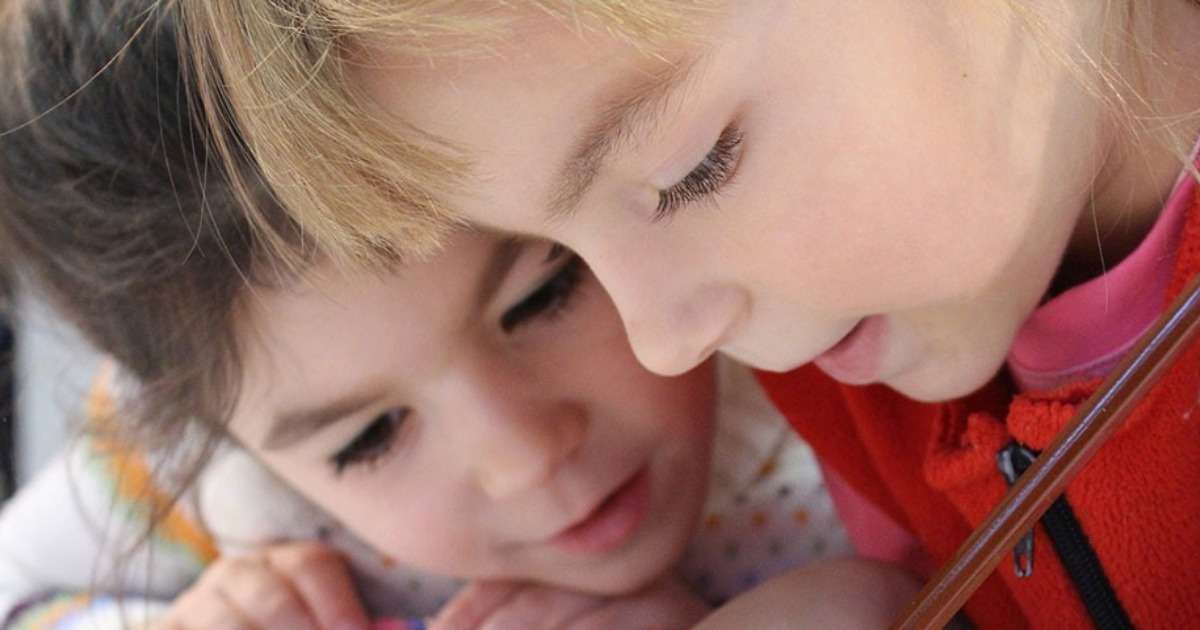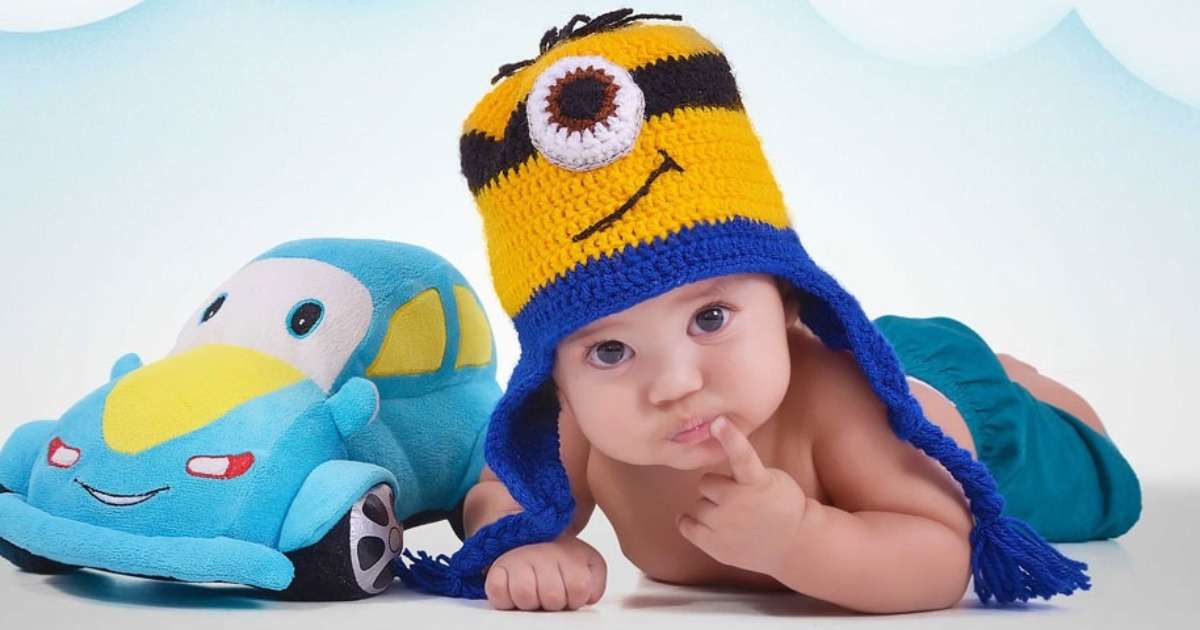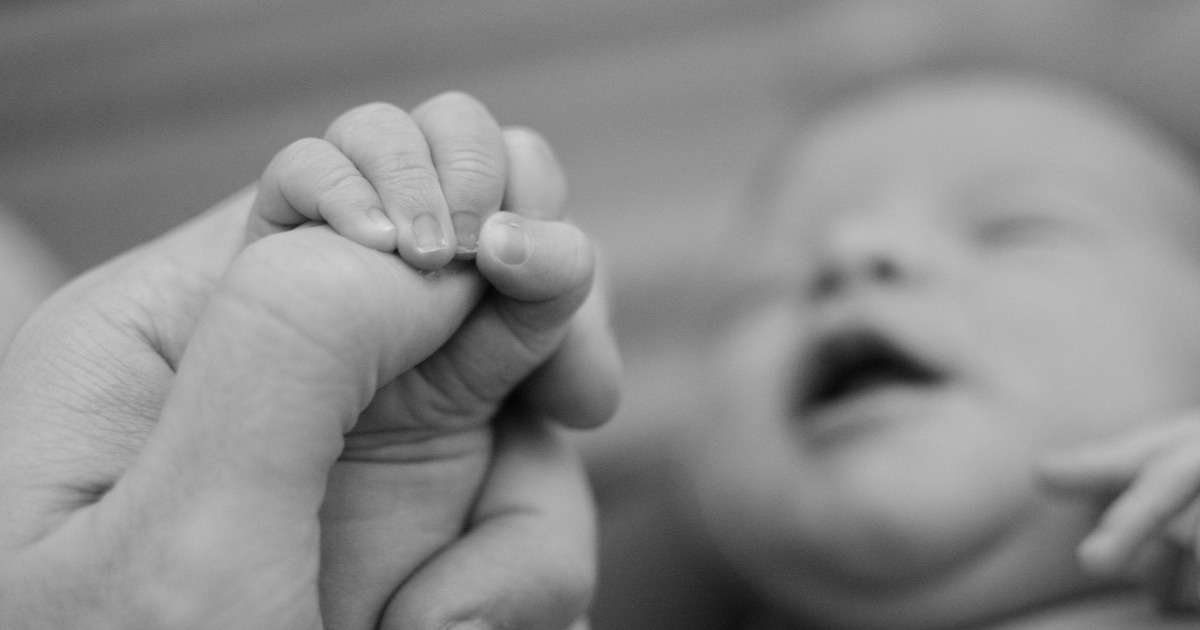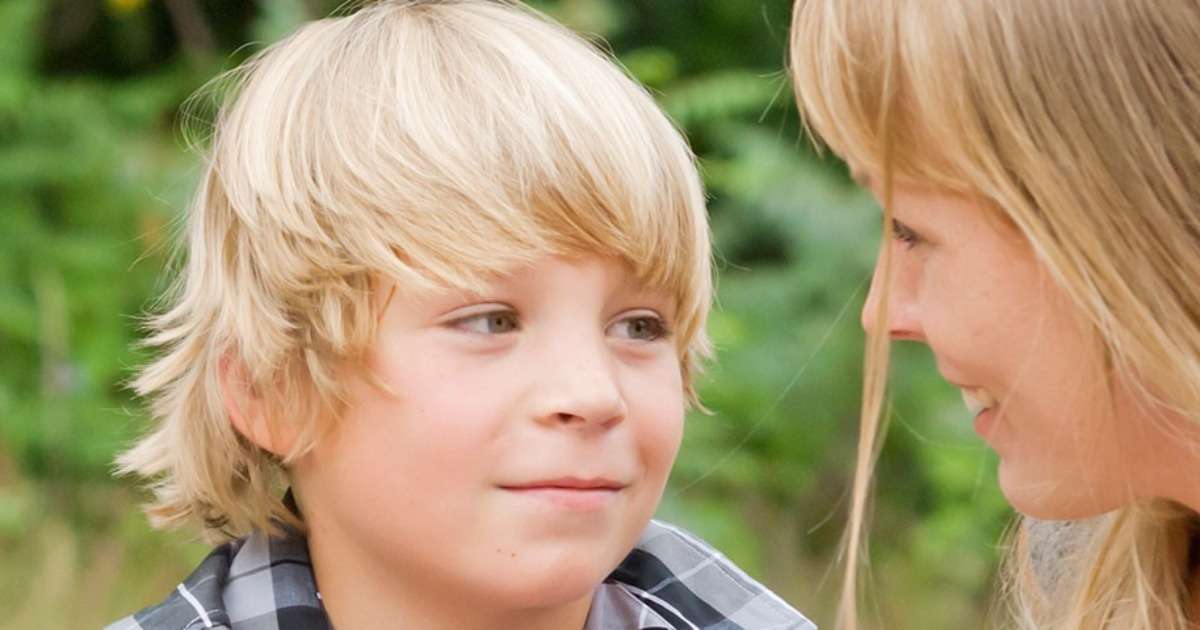Psychology
Psychology is the scientific study of mind and behavior. Many people are fascinated by human behavior. Why do we act the way we do, and how is our behavior influenced? By measuring behavior, you can discover and understand a lot about human life, and what drives humans. Dive into developmental psychology, parent-child interaction, mental disorders research, and emotion analysis.

The impact of sounds on autistic children’s behaviors
Children with autism can have trouble dealing with external distractions. Researcher Shireen Kanakri conducted a study to observe the impact of the acoustic environment on restrictive and repetitive behaviors.

Measuring parent-infant behavior from another point of view
Parent-child interaction is an important focus of child development research. Lee’s research team compared recordings of play behavior from both a traditional third-person point of view, and through the babies' eyes.

Improving social communication skills in children with ASD
Many children with ASD suffer from deficits in social communication and interaction, especially with peers. They participate in fewer social interactions than typically developing children.

Helping children cope with social anxiety
Researchers Colonnesi et al. investigated whether social anxiety in 4 year-olds is related to the level of Theory of Mind, and expressing shyness.

Comparing two different skin-to-skin contact techniques
Skin-to-skin contact is essential in developing a feeling of safety, and in creating the bond between parent and child, especially with premature babies. Buil et al. compared two kangaroo positioning techniques.

Video-recording children with ASD in-home
Anne Kirby and colleagues studied sensory and repetitive behaviors among children with autism spectrum disorder (ASD). 32 children with ASD participated.

Become and stay aware about children with autism
Autism is a developmental disability that remains with a person for his or her whole life. The World Autism Awareness Day tries to bring awareness to this growing health concern.

Measuring flow
Real time measurement techniques like FaceReader might be the key to measuring flow in real-time.

Let children design their own playground
The impact of playing outside on the social, motor and emotional development of children and their learning ability is immense. What makes the best playground, according to children?

Emotion analysis can be beneficial to researchers in decision making
David Schindler and colleagues developed a software, µCap (muCap), which is capable of creating a link between video footage and phases of the experiment, suitable for automated analysis in FaceReader.
